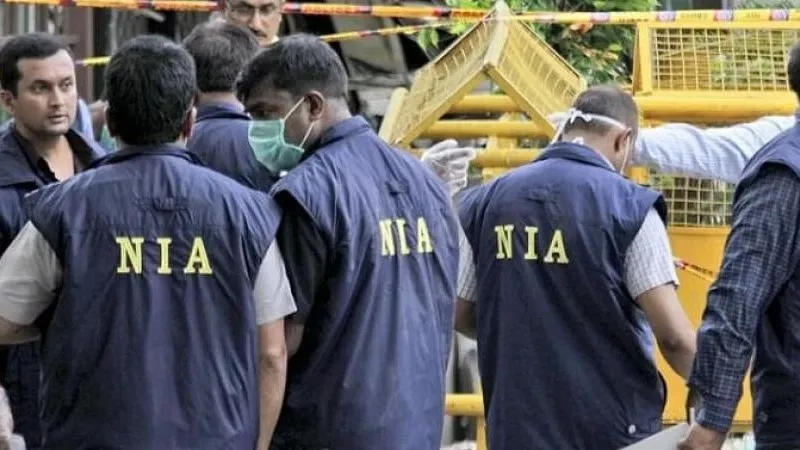Published 12:06 IST, September 11th 2024
Rameshwaram Cafe Case Accused Had Planned Massive Bomb Blast at BJP HQ on Ram Mandir Opening Day
NIA claimed that the accused had earlier planned a bomb blast, targeting the BJP headquarters in Bengaluru, on Ram Mandir Pran Pratishtha event.

Bengaluru: Explosive details have emerged in the Rameshwaram cafe blast case as the National Investigation Agency (NIA), probing the matter, has claimed that the blast accused had earlier planned a massive bomb blast in the city, targeting the BJP headquarters in Bengaluru on January 22, the day of Ayodhya's Ram Mandir Pran pratishtha event. According to the NIA charge sheet, the Rameshwaram cafe blast was carried out following the failed attempt to carry out explosion inside the party office on January 22 this year.
As details emerged on attempt to bomb BJP HQ in Bengaluru, top sources confirmed that IED was placed inside BJP HQ between 11am and 12pm on Pran Prastishtha day in a box filled with green leaves. Details in chargesheet reveals that the explosive device was placed inside the BJP HQ by Mussavir and Abdul Mateen Taha.
Mystery Over Why the Bomb Didn’t Explode
However, the mystery continues over why the bomb didn’t explode. Could be die to technical malfunction but thousands of people were present in the BJp HQ taht day on 22nd January to mark Ayodhya Pran pratishtha.
Notably, the NIA on Monday chargesheeted four accused in the high-profile Bengaluru Rameshwaram Café blast case. The accused, identified as Mussavir Hussain Shazib, Abdul Matheen Ahmed Taaha, Maaz Muneer Ahmed and Muzammil Shareef, have been chargesheeted under relevant sections of IPC, UA(P) Act, Explosive Substances Act and PDLP Act. All four were earlier arrested and are currently in judicial custody in connecase RC-01/2024/NIA/BLR.
The IED explosion, which took place on March 1 this year at the Rameshwaram Café, Brookfield, ITPL Bengaluru, had left nine persons injured and extensively damaged the hotel property.
NIA, which started investigation in the case on March 3, conducted several technical and field investigation in coordination with various state police forces and other agencies. The investigations revealed that Shazib was the man who had planted the bomb. He, along with Taaha, had previously been absconding since 2020 after the Al-Hind module was busted. Extensive searches by the NIA had led to their arrest from their hideout in West Bengal 42 days after the Rameshwaram café explosion.
The two men, hailing from Shivamogga District of Karnataka, were ISIS radicals and had earlier conspired to do Hijrah to ISIS territories in Syria. They were actively involved in radicalizing other gullible Muslim youth to the ISIS ideology, and Maaz Muneer Ahmed and Muzammil Shareef were among such youth.
Taaha and Shazib had used fraudulently obtained Indian SIM cards and Indian bank accounts, and also used various Indian and Bangladeshi Identity documents downloaded from the Dark Web. Investigations further revealed that Taaha had been introduced by an ex-convict, Shoaib Ahmed Mirza, to Mohammed Shaheed Faisal, an absconder in the LeT Bengaluru conspiracy case. Taaha then introduced Faisal, his handler, to Mehaboob Pasha, an accused in the Al-Hind ISIS module case, and to Khaja Mohideen, Amir of ISIS South India, and later also to Maaz Muneer Ahmed.
Taaha and Shazib were funded by their handler through crypto currencies, which Taaha converted to Fiat with the help of various Telegram based P2P platforms. The funds were used by the accused to perpetrate various acts of violence in Bengaluru, investigations further revealed. These included a failed IED attack at the State BJP Office, Malleshwaram, Bengaluru, on the day of Pran Pratishtha ceremony at Ayodhya on 22nd January 2024, after which the two key accused had planned the Rameshwaram café blast.
Further investigation in the case is underway.
Updated 12:22 IST, September 11th 2024




